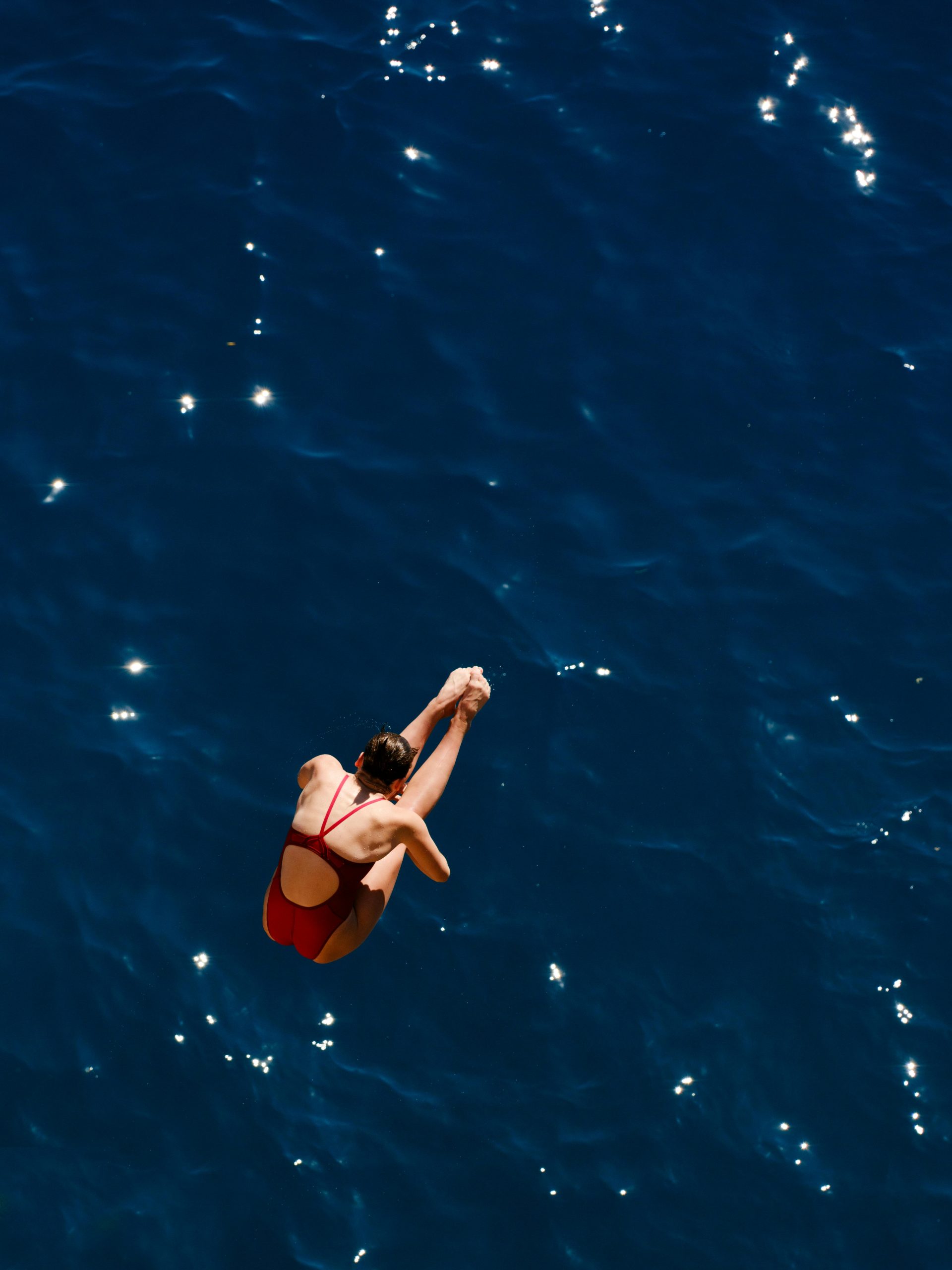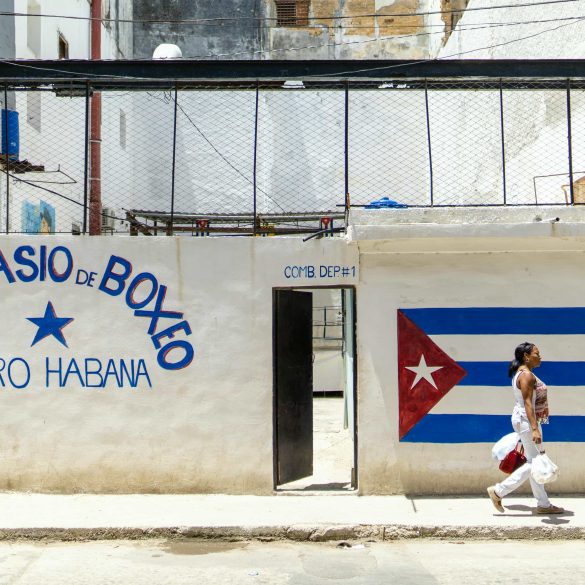Brazil’s Global Icons: Anitta, Neymar & Stars Taking World Stage
Honestly, watching Brazil’s cultural explosion over the past decade has been absolutely fascinating. I remember when Brazilian music meant bossa nova to most Americans—now my teenage niece knows every word to Anitta’s latest collaboration before I’ve even heard of it. What’s happened here isn’t just individual success stories; it’s a complete transformation of how the world sees Brazilian talent.
From football pitches to recording studios, from fashion runways to streaming platforms, Brazilian artists are redefining global entertainment. According to recent cultural impact studies1, Brazilian content consumption has increased by 340% internationally since 2018. That’s not just impressive—that’s revolutionary.
But here’s what really gets me excited about this phenomenon—it’s not just about individual success. These artists are carrying Brazilian culture, language, and perspectives to global audiences in ways that feel authentic rather than manufactured. They’re not changing who they are to fit international markets; they’re making international markets adapt to them.
Brazil Cultural Export Snapshot
Brazil’s creative economy generated over $171 billion in 2022, with music and sports leading international cultural exports. The country ranks as the world’s largest Portuguese-speaking market and Latin America’s biggest entertainment producer, reaching over 280 million Portuguese speakers globally.
Anitta’s Strategic Global Domination
Let’s be completely honest here—Anitta didn’t accidentally become a global superstar. Larissa de Macedo Machado transformed herself from Rio favela girl to international icon through what I can only describe as brilliant strategic planning combined with undeniable talent. What fascinates me most isn’t just her success, but how deliberately she’s approached globalization.
I’ve been following her career since around 2013, and the evolution has been remarkable. Back then, she was primarily singing in Portuguese for Brazilian audiences. Fast forward to today, and she’s collaborating with Madonna2, performing at Coachella, and seamlessly switching between Portuguese, Spanish, and English within single songs. That’s not just musical talent—that’s cultural intelligence.
What strikes me as particularly smart about Anitta’s approach is her understanding of streaming culture. While traditional Latin music crossover artists often relied on English-language versions of their hits, she’s proven that audiences will embrace Portuguese and Spanish content when it’s paired with universally appealing production and visual storytelling.
Her collaboration strategy has been methodical rather than opportunistic. Working with artists like Cardi B, Doja Cat, and Maluma3 hasn’t felt forced—each partnership builds on shared musical aesthetics and complementary fan bases. The numbers speak for themselves: over 3.2 billion streams across platforms in 2023 alone.
Anitta’s Global Strategy Breakdown
- Multilingual content creation maintaining cultural authenticity
- Strategic collaborations across different music markets
- Visual storytelling that translates across cultures
- Social media engagement in multiple languages
Neymar: More Than Football’s Golden Boy
Now, Neymar Jr.—there’s a complexity here that goes way beyond football statistics. Sure, he’s one of the world’s most expensive players and Brazil’s national team superstar. But what really fascinates me about Neymar’s global influence is how he’s leveraged sports fame into broader cultural impact.
I’ll admit, I used to roll my eyes at athlete influencers. Then I started paying attention to what Neymar was actually doing. His social media presence isn’t just promotional content—it’s genuine cultural bridge-building. With over 200 million combined followers across platforms4, he’s essentially broadcasting Brazilian culture, humor, and lifestyle to a massive global audience daily.
| Platform | Followers | Primary Content | Cultural Impact |
|---|---|---|---|
| 213M | Lifestyle, Family, Football | Brazilian fashion, food trends | |
| TikTok | 45M | Challenges, Music, Humor | Brazilian music promotion |
| YouTube | 3.2M | Gaming, Collaborations | Gaming culture, Portuguese content |
What I find particularly interesting is his gaming content. Neymar’s Twitch streams and YouTube gaming videos introduce international audiences to Brazilian internet culture, slang, and humor in completely organic ways. He’s not trying to be an ambassador—he’s just being authentically Brazilian while millions of people watch.

But here’s where Neymar’s influence gets really compelling—his fashion and lifestyle choices ripple through global trends. When he shows up wearing Brazilian designers or promotes Brazilian brands, it creates immediate international visibility. Fashion weeks from Paris to New York now regularly feature Brazilian designers, partly because stars like Neymar have made Brazilian style globally relevant5.
Rising Stars Reshaping Global Entertainment
While Anitta and Neymar grab headlines, there’s an entire generation of Brazilian creators making serious international impact. And honestly? Some of them are even more interesting to watch because they’re building global audiences without traditional gatekeepers.
Take Luísa Sonza, for instance. I discovered her music through Spotify’s algorithm about two years ago, and I’ve watched her followers grow from regional Brazilian success to legitimate international recognition. Her approach fascinates me—she’s creating pop music that feels distinctly Brazilian while incorporating production styles that work globally.
Then there’s the digital creator phenomenon. Brazilian YouTubers like Felipe Neto and Whindersson Nunes have subscriber counts that rival traditional media outlets6. What’s remarkable isn’t just their numbers—it’s how they’re exporting Brazilian humor, commentary, and perspectives to Portuguese-speaking audiences worldwide and beyond.
Netflix Brazil’s Global Impact
I have to mention Brazilian Netflix content because it’s become genuinely addictive viewing globally. Shows like “Elite Squad,” “3%,” and “Girls from Ipanema” aren’t just filling international content quotas—they’re creating genuine cultural moments. My friends who don’t speak Portuguese are watching with subtitles and picking up Brazilian expressions.
The success of these productions has created opportunities for Brazilian actors, directors, and writers to work on international projects while maintaining their cultural identity. It’s a model that other countries are now trying to replicate.
Cultural Impact & Global Representation
Here’s where this gets really interesting from a cultural perspective—and honestly, a bit complex. Brazilian global icons are representing a country with incredible diversity, and that representation comes with both opportunities and responsibilities that I think deserve careful consideration.
Brazil’s population of over 215 million includes massive racial, ethnic, and socioeconomic diversity. When artists like Anitta—who comes from a favela background—achieve global success, it challenges stereotypes about Brazilian society while also highlighting ongoing inequalities7. That’s powerful, but it’s also complicated.
Key Questions About Brazilian Global Representation
- How do individual success stories affect perceptions of broader Brazilian society?
- What responsibility do global icons have to address social issues?
- How can international success support domestic cultural development?
- What role does language play in maintaining cultural authenticity?
I’ve noticed that successful Brazilian artists increasingly use their platforms to highlight social issues, from environmental protection to educational inequality. Anitta’s advocacy for LGBTQ+ rights and Neymar’s support for childhood education programs show how global influence can drive positive domestic change.
The Future of Brazilian Global Influence
Looking ahead, I’m genuinely excited about what’s coming next. The infrastructure for global Brazilian success is now established—streaming platforms recognize Brazilian content’s value, international audiences are receptive to Portuguese and Spanish-language media, and Brazilian artists understand how to navigate global markets while maintaining authenticity.
What I find most promising is the emerging generation of artists who grew up with global connectivity. They’re not adapting to international markets; they’re creating content that’s simultaneously local and global from the start. That’s a fundamentally different approach than previous generations of crossover artists.
The numbers support this optimism. Brazilian music exports increased by 127% between 2020 and 20238, and Brazilian Netflix content consistently ranks in global top 10 lists across multiple countries. This isn’t a temporary trend—it’s a structural shift in global entertainment consumption.
Ultimately, what excites me most about Brazil’s global icons isn’t just their individual success—it’s how they’re changing the entire conversation about what global entertainment can look like. They’re proving that audiences worldwide are hungry for authentic cultural content, not homogenized international products.
As someone who’s watched this evolution unfold over the past decade, I can honestly say we’re witnessing something historically significant. Brazil isn’t just exporting talent; it’s exporting culture, perspective, and authenticity in ways that are reshaping global entertainment. And frankly? I think we’re still in the early stages of this transformation.
References



